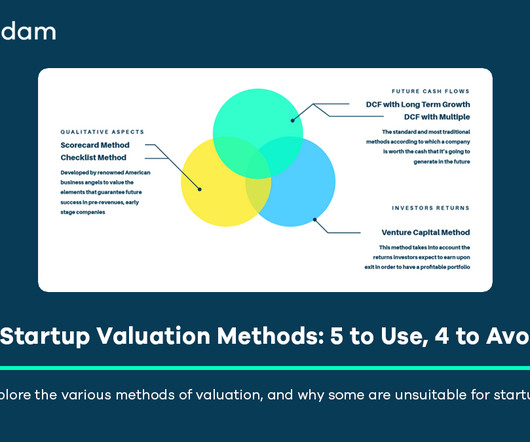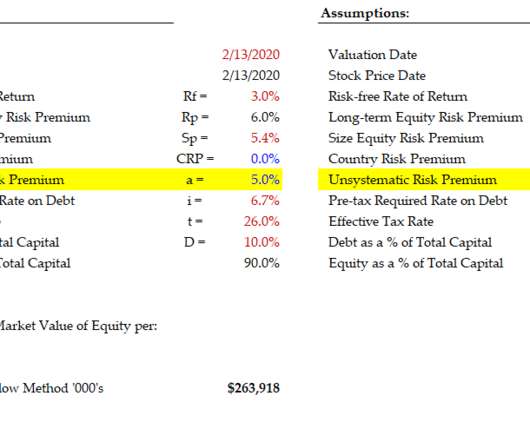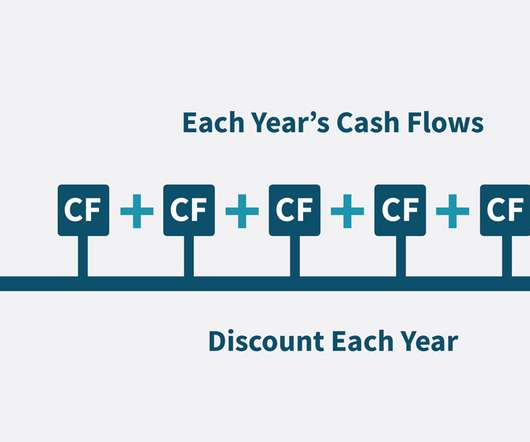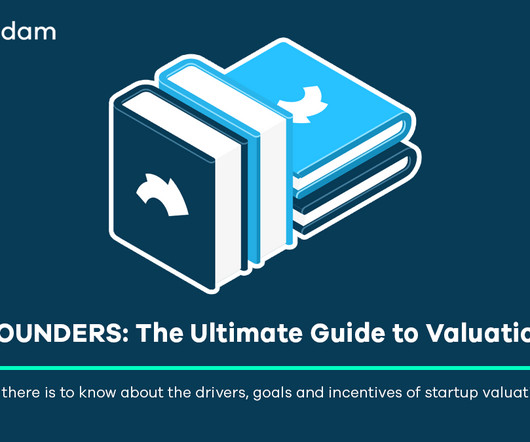9 Startup Valuation Methods: 5 to Use, 4 to Avoid
Equidam
APRIL 26, 2025
a 409A valuation in the US), planning exit strategies, and informing overall business planning. Information asymmetry is also common; founders possess deep insights into their operations and vision, while investors must assess the opportunity based on limited data and their own market expertise.













Let's personalize your content